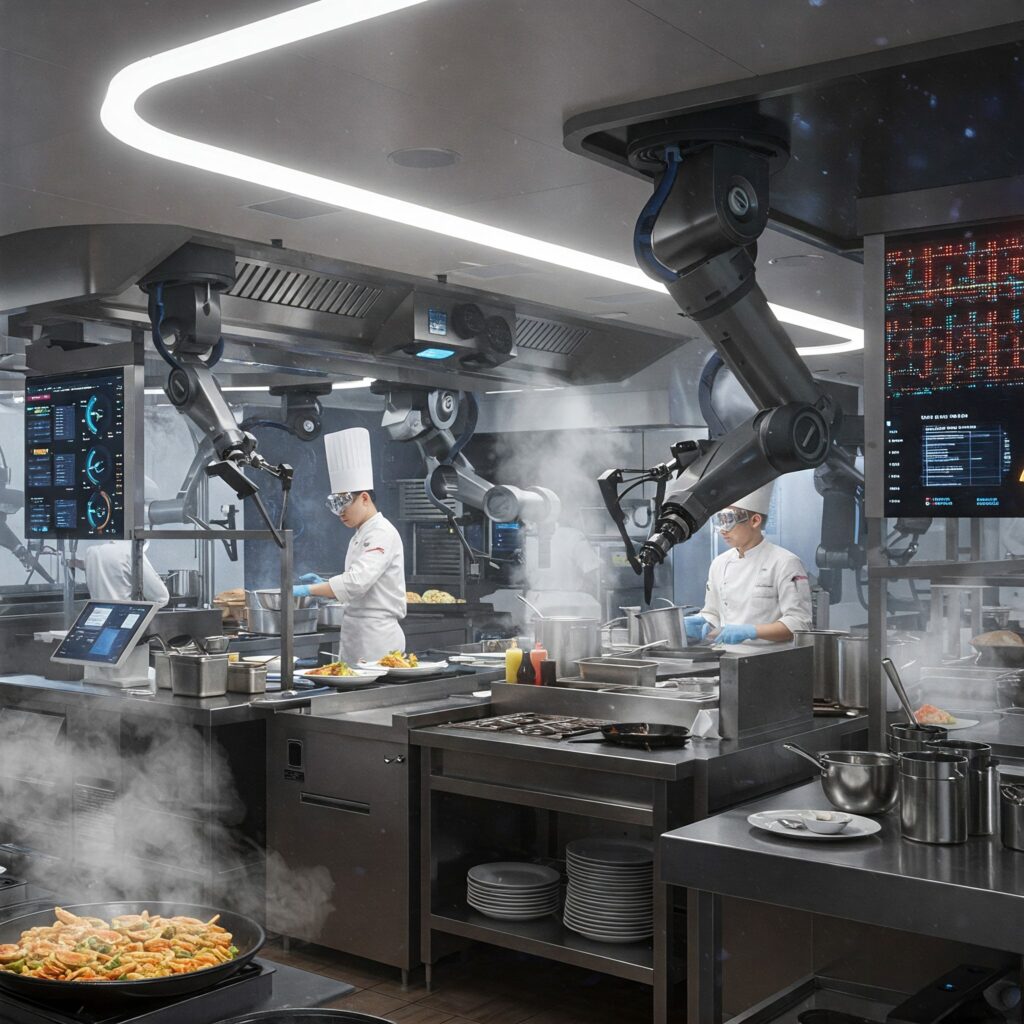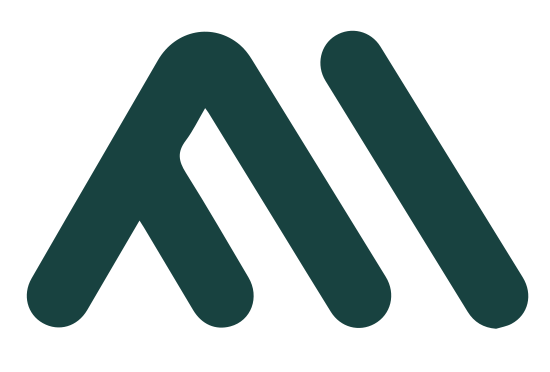The Silent Power Behind Efficient AI: Why Decision Makers Need to Know LoRA

Why should you be interested in LoRA? Ignoring LoRA could be the single most expensive mistake you’re making with your LLM strategy.
In the rapidly evolving landscape of artificial intelligence, decision makers are constantly bombarded with new technologies and strategies. While Large Language Models (LLMs) have taken center stage, understanding the nuances of their implementation is crucial for building a sustainable and effective AI strategy. It’s not just about deploying powerful models; it’s about doing so efficiently and strategically.
That’s where LoRA, or Low-Rank Adaptation, comes in. This seemingly technical term holds significant implications for your organization’s AI initiatives, impacting everything from cost-effectiveness to resource allocation. In this post, we’ll demystify LoRA and explain why it’s not just a buzzword for engineers, but a critical concept for any decision maker looking to leverage the transformative potential of LLMs without breaking the bank or sacrificing performance.
Now, let’s dive into the nuts and bolts for a moment: LoRA (Low-Rank Adaptation) is a technique for efficiently fine-tuning LLMs. Instead of updating all the model’s parameters, it freezes the pre-trained weights and injects smaller, trainable matrices (low-rank matrices) into specific layers. This significantly reduces the number of trainable parameters, making fine-tuning faster and less resource-intensive.
To illustrate this concept, consider the following analogy – You are on a cruise ship and you really hope for fresh seasonal foods.
Imagine a fleet of cruise ships, each with massive, well-stocked kitchens – our Large Language Models. These kitchens have a core set of ingredients and recipes that work year-round. Now, as we transition from winter to spring, the chefs want to delight passengers with seasonal dishes.
Instead of completely overhauling every ingredient and recipe, which would be incredibly costly and time-consuming (like retraining an entire LLM), they take a LoRA approach. They keep the core pantry and basic recipes (the pre-trained weights) as they are. Then, they introduce a small set of new, seasonal ingredients and specialized recipes for spring dishes (the low-rank matrices). This allows them to quickly adapt their menus, offering fresh, exciting options without disrupting the entire kitchen’s infrastructure. It’s a much faster, more efficient way to bring a taste of spring to the passengers, just like LoRA allows us to fine-tune LLMs quickly and efficiently.
Therefore the Chef’s Shortcut = AI’s Breakthrough
Imagine taking over a restaurant with 1,000 complex dishes. Instead of painstakingly revising each recipe, you discover a brilliant shortcut:
Every dish is actually a combination of just 15 ingredients and 10 cooking techniques.
By tweaking only these 25 components instead of 1,000 individual recipes, you can:
- Transform the entire menu in one stroke
- Cut your workload by a staggering 97.5%
- Maintain perfect flavor consistency
The Mathematics Behind LoRA
This is exactly how Low-Rank Adaptation (LoRA) works in AI. Here’s the elegant math:
Instead of updating a massive weight matrix W (with millions or billions of parameters), LoRA introduces two smaller matrices A and B where:
- W is our original model (the 1,000 dishes)
- A is a d×r matrix (our 15 ingredients)
- B is an r×k matrix (our 10 cooking techniques)
- r is much smaller than d or k (the “low-rank” part)
The magic happens with: W + ΔW = W + A×B
With just these two small matrices (A and B), we can efficiently adapt the entire model while training only a fraction of the parameters.
Real-World Impact with Factory SDK
At Factory SDK, we’ve perfected this approach to deliver:
- 16x Faster development cycles
- 25% More Accurate responses
- 3x More Efficient processing
- Up to 90% Cost Reduction in deployment
That’s why our technology works seamlessly with 10,000+ LLMs while ensuring enterprise-grade compliance.
Want to see what this AI efficiency revolution could do for your business? Try Factory SDK today or request a demo.

